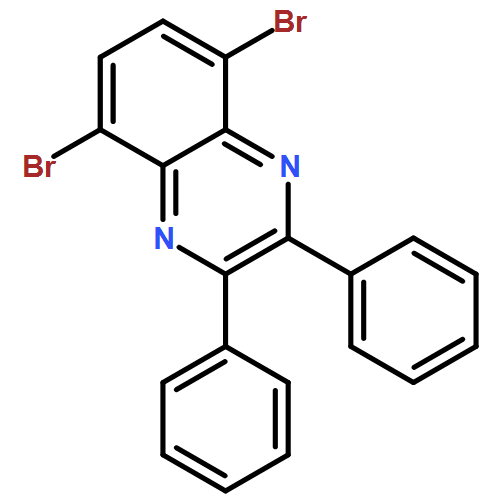Co-reporter: Kai Pei, Yongzhen Wu, Ashraful Islam, Qiong Zhang, Liyuan Han, He Tian, and Weihong Zhu
pp: 4986
Publication Date(Web):May 20, 2013
DOI: 10.1021/am400754d
Controlling the sensitizer morphology on a nanocrystalline TiO2 surface is beneficial to facilitating electron injection and suppressing charge recombination. Given that the grafted alkyl chain on a π-bridge thiophene segment for preventing π aggregation can deteriorate its intrinsic photostability, we incorporate a promising building block of 2,3-diphenylquinoxaline as the additional acceptor to construct a novel D–A−π–A-featured dye IQ4, which exhibits several characteristics: (i) efficiently decreasing the molecular HOMO–LUMO energy gap by extending its absorption bands; (ii) showing a moderate electron-withdrawing capability for an ideal balance in both promising photocurrent and photovoltage; (iii) endowing an ideal morphology control with strong capability of restraining the intermolecular aggregation and facilitating the formation of a compact sensitizer layer via two twisted phenyl groups grafted onto the quinoxaline unit. The coadsorbent-free dye-sensitized solar cell (DSSC) based on dye IQ4 exhibits very promising conversion efficiency as high as 9.24 ± 0.05%, with a short-circuit current density (Jsc) of 17.55 mA cm–2, an open-circuit voltage (Voc) of 0.74 V, and a fill factor (FF) of 0.71 under AM 1.5 illumination (100 mW cm–2). IQ4-based DSSC devices with an ionic liquid electrolyte can keep constant performance during a 1000 h aging test under 1 sun at 60 °C. Because of spatial restriction, the two phenyl groups grafted onto the additional electron-withdrawing quinoxaline are demonstrated as efficient building blocks, not only improving its photostability and thermal stability but also allowing it to be a successful antiaggregation functional unit. As a consequence, the incorporated 2,3-diphenylquinoxaline unit can realize a facile structural modification for constructing organic coadsorbent-free D–A−π–A-featured sensitizers, thus paving a way to replace the common, stability-deleterious grafted alkyl chain on the thienyl bridge.Keywords: antiaggregation; organic sensitizers; photostability; quinoxaline; solar cells;


